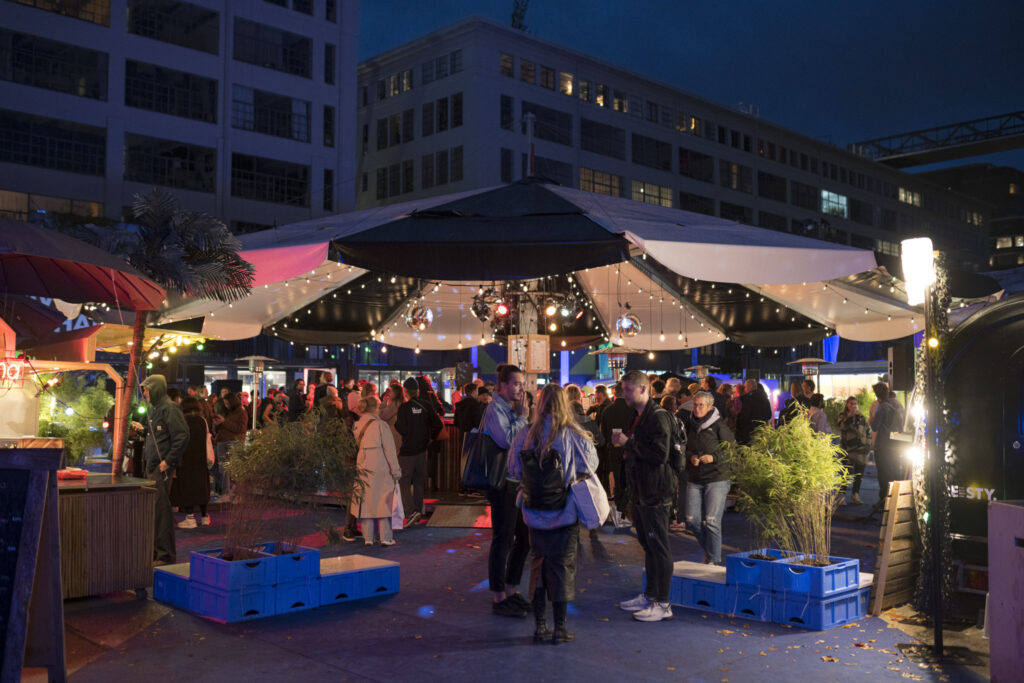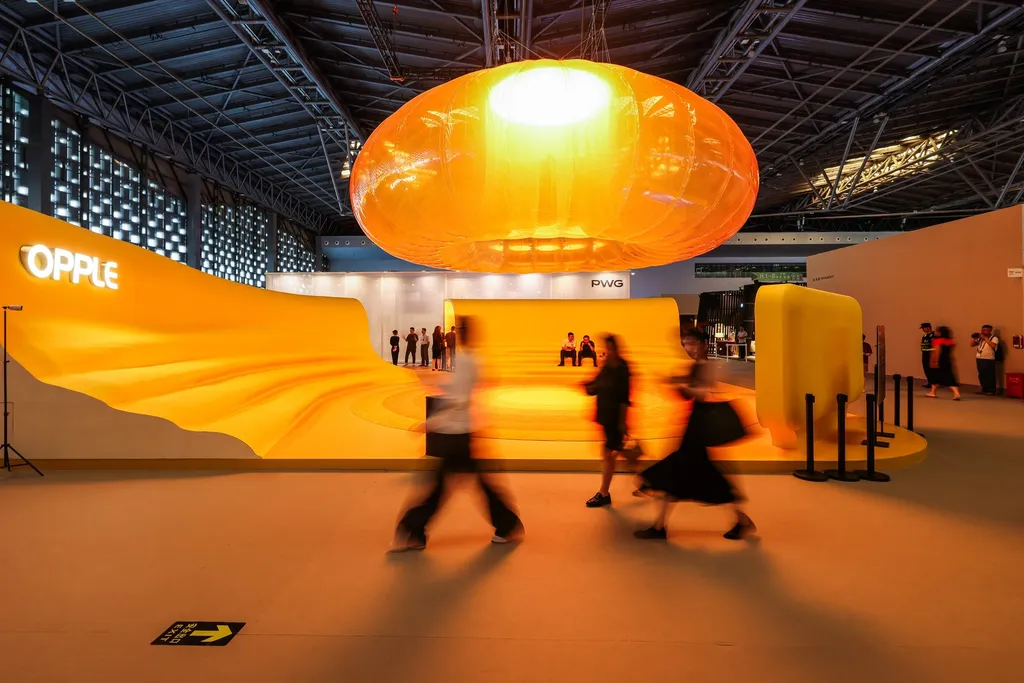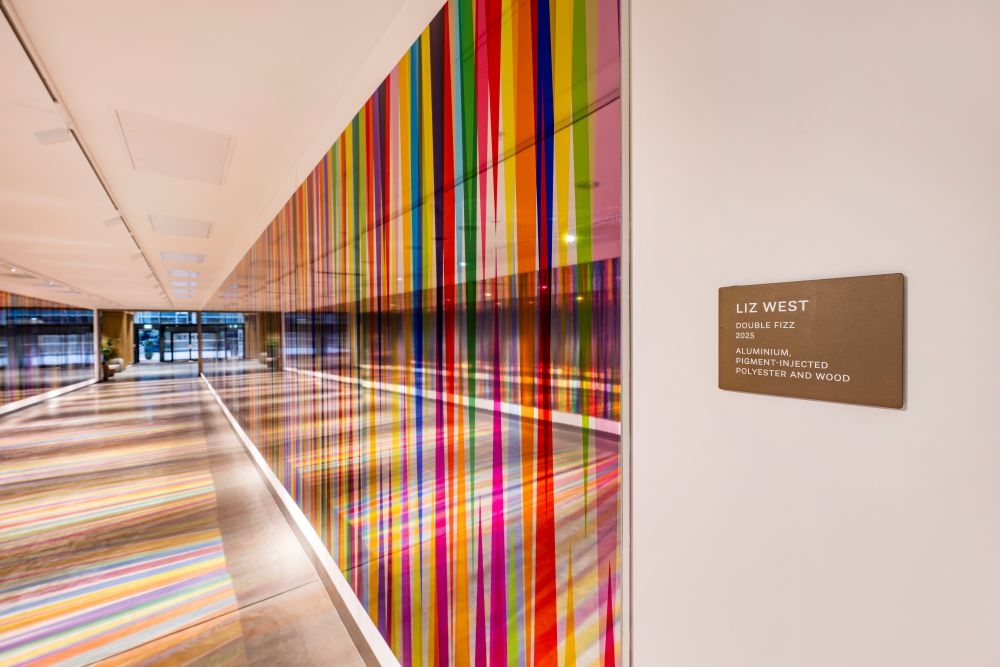Featured photo: Max Kneefel
In the vibrant city of Eindhoven, located in the southern province of North Brabant in the Netherlands, Dutch Design Week 2023 was in full swing. The annual event, open from October 21 to October 29, 2023, a mecca for artists, designers, and creatives from around the world, had once again drawn a diverse crowd eager to explore new ideas and ways of expression. The city had transformed into a huge art gallery, with buildings and parks being the home to stunning installations and thought-provoking designs. One of the biggest events in Europe presented the works and ideas of more than 2 600 designers to more than 350,000 people.
Dating back to 1998, this event has been attracting more and more people every year. It emphasizes experimentation, innovation, and crossovers. Each year attention is dedicated to the development of young talents, who are the future not only of the industry but also of how we live. Dutch Design Week focuses on optimism and believes that problem-solving is key for all designers. They have demonstrated that they dispose of the inventiveness and flexibility of mind that can lead to innovations that our rapidly changing world craves.

The topic of this year’s event was Picture This. This may seem extremely innocent at first sight. Yet, the concept envisioned future scenarios in which humanity persists in its current state. What would be the world in 50 years, for example? Picture This served as a way to confront this image and potentially reverse its course. This demanded the engagement of designers, who introduced alternative perspectives and wielded the remarkable potency of visualization.
Thinking about Dutch Design Week may come across as something very narrow. But this is not really the case. There had been a variety of designs that were presented in this year’s event including animation design, food design, experience design, spatial planning, and so much more. Describing and discussing each exhibition would require an extraordinary amount of time, so here is a curated list of some exhibitions that showcased what Dutch Design Week is about.

The exhibitions for food design specifically featured topics such as space farming, namely exploring the ways in which people can grow food differently on Earth and potentially in space. Hosted by Next Nature, a future lab for design and technology, this exhibit strived to dive into the future and tell a story about how it may look. Next Nature’s exhibitions and events spread awareness and knowledge about the changing relationship between humans, nature, and technology.
Something interesting that also happened during this event was the collaboration between the Dutch artist Micky Hoogendlijk and Studio Josha. Designed by Ruben de Haas, the egg lamp turned out to be simple and fun. These unique lightbulbs are beautiful and interesting due to the imperfections of the eggshells. De Haas is a Dutch designer and artist interested in nature and experimenting with different techniques while staying playful and intuitive.
Besides the design of different products, designer Iris Jönsthövel offered a hands-on workshop to help participants figure out what they need from their (work) life in order to feel fulfilled. The workshop offered participants to creatively explore things about themselves and define their guiding principles for future life decisions.
Another different exposition that may have been of interest refers to storytelling. It is of utmost importance for unraveling connections between ecology, products, and sociopolitical systems. Storytelling is also key to how we approach the challenge of understanding and communicating different concepts. And visual thinking is one of the many intuitive and inclusive ways to tell stories. This exposition explored and discussed the value of storytelling for the required sustainable transitions through the work of talented designers. The exposition focused on designing with composite material waste, remotely piloted aircraft systems, and designing sustainable north stars. The developing team of the project included TU Delft and accenture.

Besides those mentioned above, there were many more expositions that have taken place all over Eindhoven. Some of the other locations included Strijp T+R, Strijp-S, Hallenweg, Woensel, and the city center.








